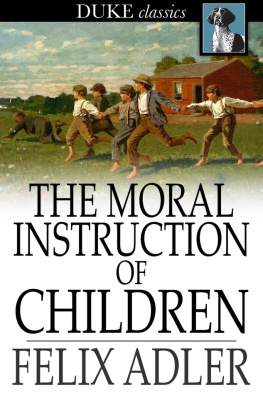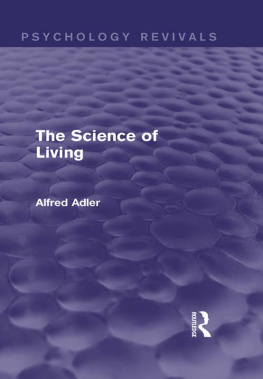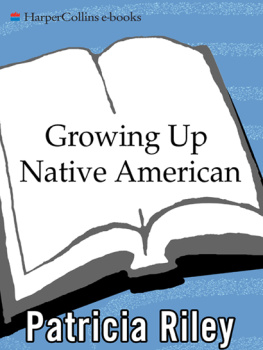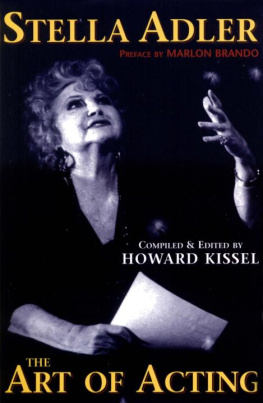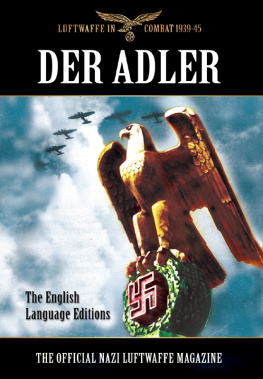CATHOLIC PRACTICE IN NORTH AMERICA
SERIES EDITOR:
John C. Seitz, Associate Professor, Theology Department, Fordham University
This series aims to contribute to the growing field of Catholic studies through the publication of books devoted to the historical and cultural study of Catholic practice in North America, from the colonial period to the present. As the term practice suggests, the series springs from a pressing need in the study of American Catholicism for empirical investigations and creative explorations and analyses of the contours of Catholic experience. In seeking to provide more comprehensive maps of Catholic practice, this series is committed to publishing works from diverse American locales, including urban, suburban, and rural settings; ethnic, post-ethnic, and transnational contexts; private and public sites; and seats of power as well as the margins.
SERIES ADVISORY BOARD:
Emma Anderson, Ottawa University
Paul Contino, Pepperdine University
Kathleen Sprows Cummings, University of Notre Dame
James T. Fisher, Fordham University
Paul Mariani, Boston College
Thomas A. Tweed, University of Texas at Austin
Copyright 2019 Fordham University Press
All rights reserved. No part of this publication may be reproduced, stored in a retrieval system, or transmitted in any form or by any meanselectronic, mechanical, photocopy, recording, or any otherexcept for brief quotations in printed reviews, without the prior permission of the publisher.
Fordham University Press has no responsibility for the persistence or accuracy of URLs for external or third-party Internet websites referred to in this publication and does not guarantee that any content on such websites is, or will remain, accurate or appropriate.
Fordham University Press also publishes its books in a variety of electronic formats. Some content that appears in print may not be available in electronic books.
Visit us online at www.fordhampress.com.
Library of Congress Control Number: 2019937394
Printed in the United States of America
21 20 195 4 3 2 1
First edition
GARY J. ADLER JR., TRICIA C. BRUCE, AND BRIAN STARKS
On Sunday, November 16, 2014, Holy Cross parish in San Jose, California, celebrated Mass just as it had for nearly a century. Originally founded as a mission to serve Italian immigrants, the parish had by then also welcomed a mix of Vietnamese, Filipino, and Latino Catholics into its changing environment. Reflecting the parishs mission to be a diverse multi-cultural community of believers (Holy Cross Church n.d.), Masses on that day were held in Spanish, English, and Italian. Like more than 17,000 US parishes in a nation of nearly 75 million Catholics (CARA n.d.), Holy Cross served as a community and a place for local Catholics to practice their faith together.
But that mid-November day at Holy Cross was different: later that afternoon, flames engulfed the church building and burned it to the ground. Soot covered the remains of a parish history of Masses, coffee hours, choir rehearsals, committee meetings, weddings, baptisms, and funerals. Firefighters worked to salvage the heavy Italian crucifix from the ashes. But while the church building was destroyed, Holy Crosss parish community was resilient. Financial donations, diocesan support, and hours of parishioner planning meant that Holy Cross would rise again. By Easter 2017, parishioners moved from their makeshift worship hall into a new church, celebrating Mass and living out their Catholicism locally, together once again.
What Is a Parish?
Is a parish a community? A territory? A local branch of a hierarchical institution? The answer to all these questions is yes. In the view of social science, parishes lie at the intersection of three distinct social forces: community, geography, and authority.
The devastating fire at Holy Cross may have challenged a community and destroyed a building, but the parish remained, mandated to serve a specific geographic locale within the worldwide Roman Catholic Church. All parishes, in a sense, continually rebuild as communities and organizations responding to changing external environments. Just as Holy Cross adapted to its changing ethnic-racial contexts for nearly a century, all American parisheseach a part of an interconnected US Churchattest to the remaking of local Catholicism.
It is impossible to understand how American parishes (re)make local Catholicism without understanding the way that social organization, social context, and Catholic authority influence them all. A parish is the most local unit in the hierarchical Roman Catholic Church. Parishes are not autonomous communities. They belong to a larger geographic network of parishes (a diocese), led by a bishop, following the Catholic Code of Canon Law:
Can. 515 1. A parish is a certain community of the Christian faithful stably constituted in a particular church, whose pastoral care is entrusted to a pastor ( parochus ) as its proper pastor ( pastor ) under the authority of the diocesan bishop.
2 The diocesan bishop alone can establish, suppress or alter parishes. He is not to establish, suppress or notably alter them unless he has consulted the council of priests.
3 A lawfully established parish has juridical personality by virtue of the law itself.
These codes highlight the importance of community, geography, and authority. Parishes are comprised of people (a certain community of the Christian faithful). They belong to a particular church in a specific locale, meaning a diocese. And they are subject to authority: parishes are led by a pastor, whose authority is rooted in relation to the local bishop. Formally, only a bishop can create or change the status of a parish as an organization.
But what motivates changes to local parishes? The logic behind the formation or restructuring of a given parish is not just theological but sociological. More than the address of a specific building, parishes encapsulate a territory carved out from a larger diocese governed by a local bishop. In theory, every inch of the globe belongs to a geographic parish. This means that every individual Catholic belongs to a parish, his or her attendance and participation notwithstanding. In the most basic sense, Catholics need not register as parishioners anywherewhere they live places them in a parish. A more densely populated area may necessitate more parishes, each containing smaller geographic territories. Still other parishes, called personal parishes, are defined by purpose rather than territory (e.g., a personal parish for Vietnamese Catholics, or one devoted to the Traditional Latin Mass) (see Bruce 2017). But even these parishes fall within the wider geography and jurisdiction of a diocese.




